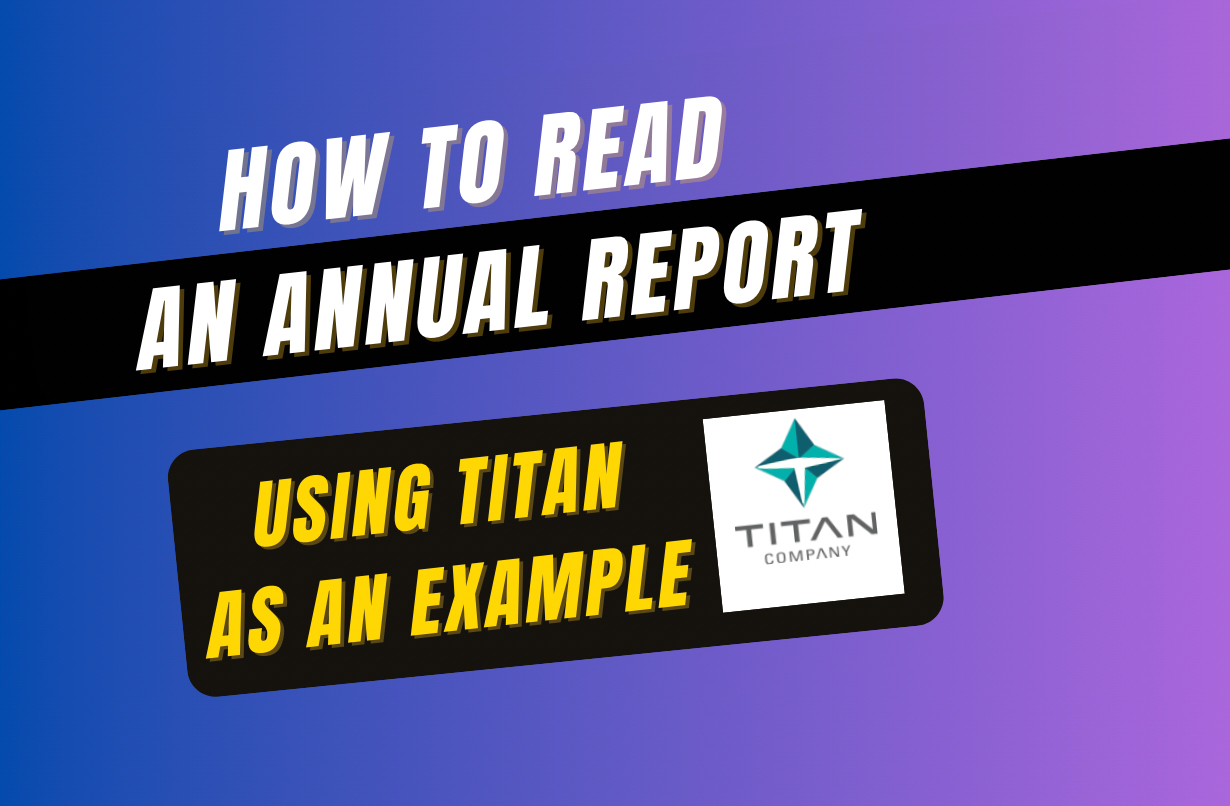Over the last decade, Indian investors have regularly started investing in mutual funds. It is one of the most sought-after investments for most investors who wish to create a long-term portfolio and are serious about financial planning. As of July 2022, more than Rs. 37,77,000 crores have been invested in the market through mutual funds.

The idea behind the mutual fund is to provide diversification as the scheme invests in multiple stocks. In addition, an expert in the form of a fund manager oversees the investments on behalf of many investors who have invested in the scheme.
From the investor perspective, one can invest in mutual funds through a lump sum mode where a specific amount is invested in one go or through a systematic investment plan (SIP) where an investor opts to invest a fixed sum at a particular interval (monthly, quarterly, etc.).
On top of it, investment in mutual funds has become very easy and seamless. Everything is digital at your fingertips, from performing KYC to starting your first investment to managing your mutual fund portfolio.
But the first step always matters. With so many mutual fund schemes available in the market, it is essential to know how to pick your first mutual fund which suits your needs.
Registration Open - Analyst Program Click here
Factor # 1: Understand for what goal you are investing
Every individual invests in a specific asset with a goal in mind. The same is valid for mutual funds too. There are various options available that particularly suit goals.
For example, if you need a certain sum of money after a year for your family vacation, you can opt for a debt mutual fund rather than investing in an equity mutual fund.
Understanding the need is very important. Once the goal is clear, you can opt for a specific category within a mutual fund.
Factor # 2: Assess your risk appetite
There are two aspects to risk. First, how much risk you can take, and second, how much risk you should take or are willing to take.
Let’s say an investor in the early 30s wishes to invest in equity mutual funds for their retirement, which is 30 years from today.
In this scenario, because the investor is still in their 30s, that suggests time is on their side. An investor can afford to take certain risks. Investors can absorb that performance if a portfolio doesn’t perform for one year because they have time to recover from the underperformance. This is a component of risk that an investor can take.
On the other hand, an investor in their 70s has a good retirement portfolio and wishes to invest in the equity market—ideally, the risk of underperformance the investor can take. But the question is – should they take that risk? The answer is no. An investor can take this component of risk but should not take it.
For example, understanding risk appetite is essential before starting your mutual fund investments. Equity mutual funds have high risk and provide higher returns in the long term. So that it is suitable for someone with a high-risk appetite. On the other hand, for someone with a low-risk appetite, a debt mutual fund is preferred.
Factor #3: Never rely on just recommendations
As an investor, remember that you should never rely on random recommendations.
One can assess mutual funds using parameters like historical returns, the fund manager’s track record, expense ratio, the reputation of the fund house, etc.
A certain degree of research from an investor is always helpful, and if you do not understand the specifics of mutual funds, you are encouraged to ask questions at any stage. This will help you make an informed decision about your first investment.
To conclude, you are on the right path to creating a portfolio and on a journey of long-term wealth creation. But as an investor, one needs to be vigilant and cut off from the social media noise. Successful investing will require you to keep the things mentioned above in mind.
Other Trending Posts in this Series – DMart Valuation | HUL | Tesla Valuation
To stay updated about all of our posts on Businesses and Finance Careers – register and create a free account on our website. You will also get access to a free Finance Bootcamp courses once you register.











